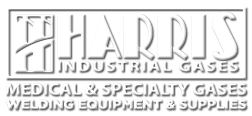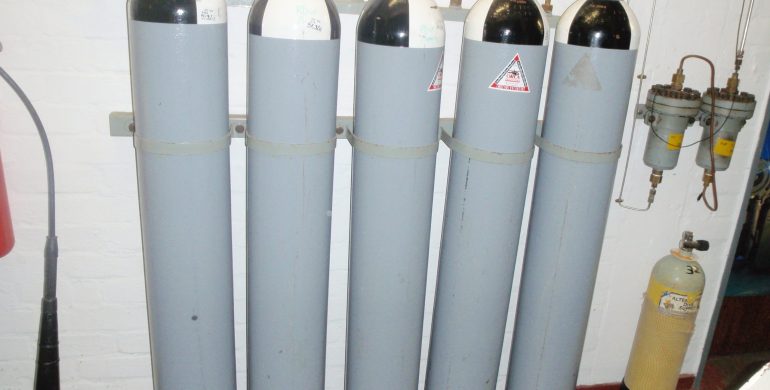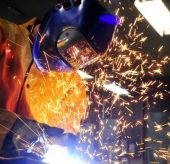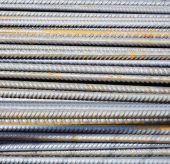Safe Cylinder Handling
Sacramento Sparks Reno Welding Supply
Handling cylinders, whether they contain compressed gases or other substances, requires strict adherence to safety protocols to prevent accidents and ensure the well-being of individuals involved. Here are some best practices to consider when handling cylinders:
Storage: Store cylinders in well-ventilated areas away from direct sunlight, heat sources, flammable materials, and combustible substances. Secure them in an upright position using appropriate racks, chains, or stands to prevent tipping or damage.
Inspection: Regularly inspect cylinders for damage, including dents, corrosion, or leaking valves. Damaged cylinders should be taken out of service and properly labeled.
Transportation: When moving cylinders, use specialized trolleys or carts designed for safe transport. Secure cylinders to prevent them from falling or rolling during transit. Never drag or slide cylinders, as this can damage the valves or cylinder walls.
Handling: Lift cylinders using appropriate lifting equipment, such as cranes or forklifts, equipped with proper attachments like cylinder clamps or cages. Avoid excessive force, impacts, or dropping cylinders, as they can cause structural integrity issues.
Valve protection: Keep cylinder valves closed when not in use, even if they are empty. Protect valves with valve caps to prevent contamination, accidental opening, or damage.
Identification: Clearly label cylinders with the name of the gas or substance they contain. Use color-coded labels or bands as per industry standards to facilitate easy identification and prevent mix-ups.
Personal protective equipment (PPE): Wear appropriate PPE when handling cylinders, including safety goggles, gloves, and protective clothing. Follow specific PPE recommendations for the type of gas or substance being handled.
Training and education: Ensure that personnel handling cylinders receive proper training on safe practices, emergency procedures, and the properties of the gases or substances being handled. Regularly update training to keep knowledge current.
Emergency response: Establish clear procedures for handling emergencies, such as leaks, spills, or fires involving cylinders. Train personnel on evacuation protocols, use of safety equipment, and how to contact emergency services.
Disposal and recycling: Dispose of cylinders according to local regulations and guidelines. Empty cylinders should be appropriately depressurized, and residual gases should be vented in a safe manner. Consider recycling or returning cylinders to authorized suppliers whenever possible.
Remember, these best practices provide general guidance, but specific safety measures may vary based on the type of cylinder, gas, or substance involved. Always consult relevant safety regulations, industry standards, and guidelines provided by manufacturers or relevant authorities for comprehensive handling procedures.





